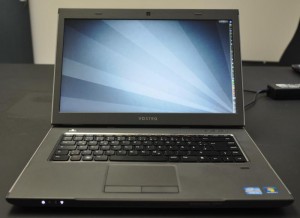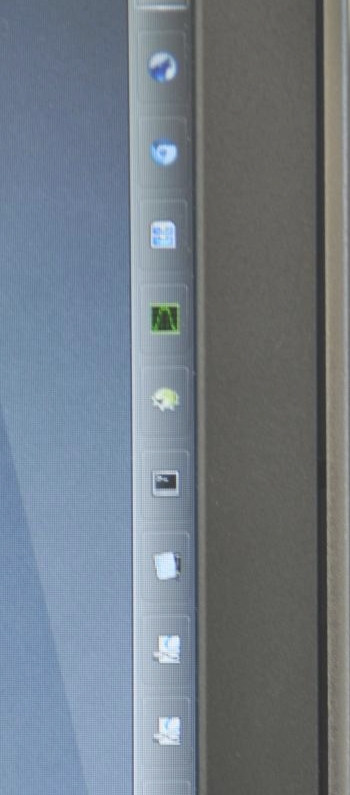The Internet is a pretty vast place. So I decided to curate a few links for you all for this special end-of-year period:
- https://vimeo.com/41786246 A film about… a couch. That balances on a single leg. And sometimes falls, and falls apart, but with some care, and compassion, can be pieced back together.
- https://www.theparisreview.org/blog/2017/02/15/rhythmical-lines/ An article on unbroken lines, drawn by Wacław Szpakowski, who did it as a form of doodling.
- http://astronaut.io/ This website is an art piece about the world, I think, made of small, randomly selected videos.
- https://interfacecritique.net/book/olia-lialina-from-my-to-me/ An article about the old internet, and why we should have and cultivate our own space on the interwebs. By one of my favourite aritsts, Olia Lialina
- https://www.theparisreview.org/blog/2014/07/28/working-on-my-novel/ About a book that is made of a set of tweets that contains the phrase “working on my novel.” A surreal experience.
- https://www.marxists.org/archive/brecht/works/1935/questions.htm A short poem by Bertold Brecht about who did what, questioning why we only remember those in power.
- https://www.newyorker.com/magazine/2016/08/29/michael-heizers-city About a land art piece by Michael Heizer, who is both a genius and is also rather crazy. His other work, Double Negative is truly beautiful (it’s literally a hole in the desert, but a beautiful hole, the best hole, and I mean it)
- https://publicdelivery.org/agnes-denes-wheatfield/ About a large wheat field, in the middle of Manhattan, that Ágnes Dénes sowed and then harvested, right in the view of the World Trade Center.
- https://www.africavernaculararchitecture.com/ A classic 90s website about vernacular architecture in Africa. Some amazingly beautiful houses, built for the people, by the people, to live in. Click on a country and enjoy.
- https://vimeo.com/58444378 A mockumentary about a guy making music, caring for his father, trying to enjoy life, and remembering the things that didn’t work out, which he likens to Mount Everest, his Whateverest.
- https://www.vincentmoon.com/map/ The map of places where Vincent Moon recorded traditional music preformed by locals. Here is one for a taster. If you listen patiently, with intent, you might find that there’s a lot of beautiful music out there.
- https://www.ryojiikeda.com/project/testpattern/ A set of test patterns, projected over a large space, that allows people to lay down, walk around, and explore. To be coupled with his strange but fascinating noise music. I went to his concert, it’s exactly as weird as you’d imagine. He never said hello, goodbye, or left any space to clap.
- https://whatever.scalzi.com/2005/09/03/being-poor/ What it means to be poor by Scalzi. Watch out for the comment by her own sister. Back in the days of the interwebs when comments added value.
- https://www.tate.org.uk/tate-etc/issue-10-summer-2007/excremental-value An article about my favorite artwork, Manzoni’s Merda d’Artista. In 1961 he put his own excrement into 90 small cans and sold them at the price of gold ($37/ounce). Over the years, it has outperformed gold by a factor of 70x. The guy with the banana stuck to the wall is a mere imitator by comparison (and 60 years late)

Ágnes Dénes – Wheatfield – A Confrontation, 1982, Battery Park Landfill, Downtown Manhattan, photo: John McGrall







